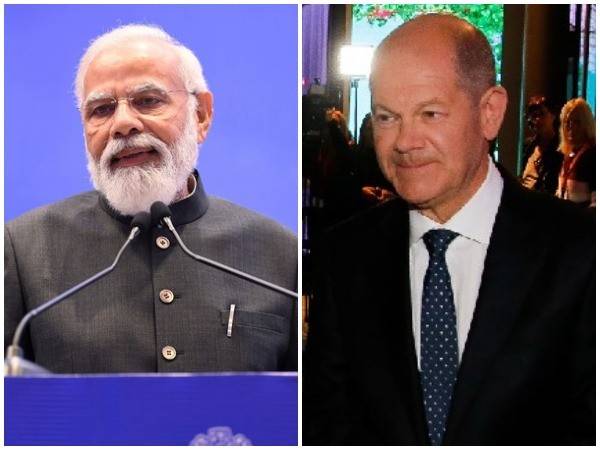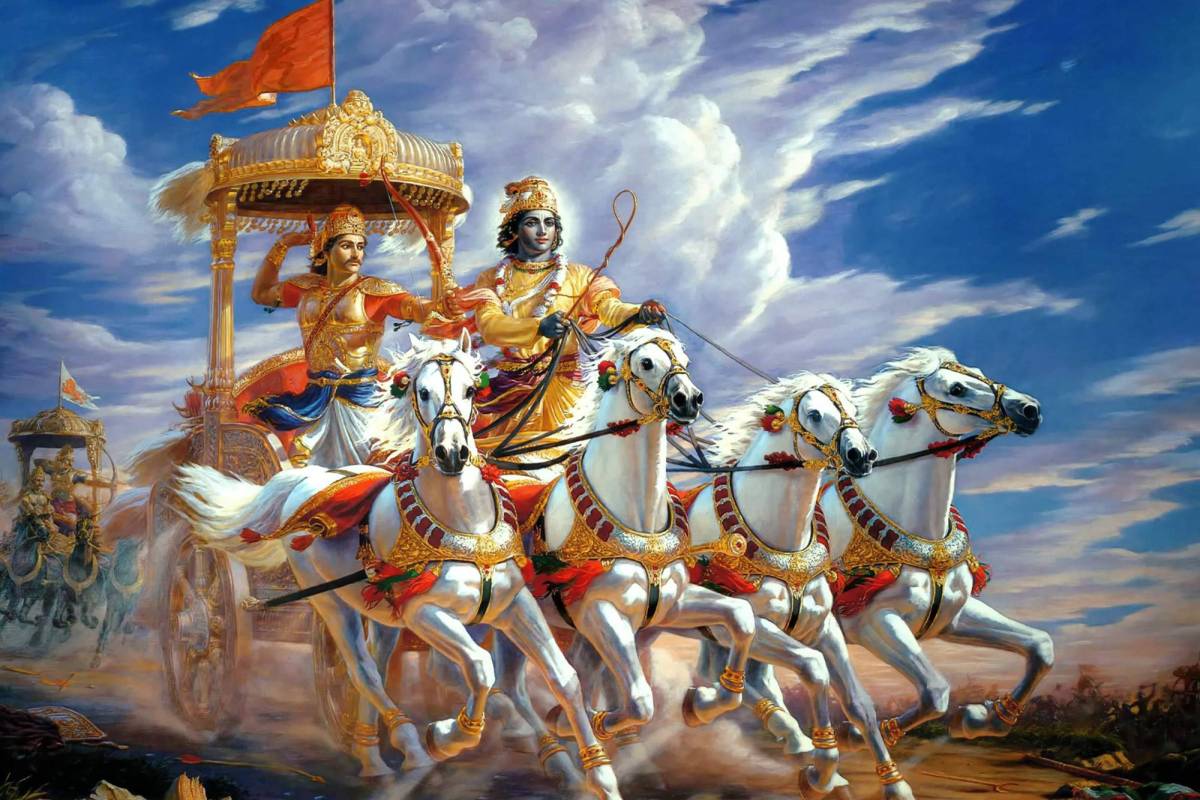The Hindu text of Bhagavadgitaa component of (Mahabharata 3000 BCE) has become one of the most prominent and well known expression of Hindu thought and belief and the foreign land that encountered Gitawas none other than Germany, where it originally appeared in the last phase of eighteenth century when Germany was undergoing transformation of the so called the Romantic Period and thus, 19th century produced some of the greatest artists like Beethoven, Goethe, Schiller and Wagner … A special report by Dilip Roy
This was also the period when strongest influence was felt on prominent intellectuals of the time such as Paul Deussen, Herder, Holtzmann, Humboldt, Max-Muller, Novalis, Schelling, Friedrich von Schlegel and Arthur Schopenhauer to name but a few. The two names are very crucial here.

The thought of Gottfried Herder (1744-1803) was a key influence on the development of Romanticism and German Idealism. Herder was a poet a philosopher of culture and history. He was attracted to the new discipline of Indology. For Herder India was the (cradle) of civilization of absolute unity of the basis of all things. Herder revisited Indian sources time and again to capture as a part of his wide-ranging effort to understand the world history as a whole. Among the numerous writings on India we find translations of Bhagavadgitapublished in 1792 which constitutes the first appearance of the text in German intellectual circles. In a broad sense with the concerns of his intellectual community inevitably gave India the recognition and thus the reception of Gitaplayed a crucial role taking its place in the development of Indian sources (Indology) to the scientific study of the language (Philology) In this text, Herder presented some of the most enduring interpretations of Indian culture, and while these depictions became more distinguished in his other writings, the fame of the text meant that it would represent the most significant part of Herder’s legacy for early nineteenth century intellectuals who wished to study the great Indian civilization.
The Romantic period of Germany also gave us Friedrich von Schlegel (1772-1829) who was a German poet, literary critic, philosopher, philologist and Indologist. In June 1802 he arrived in Paris to study Sanskrit and in 1808 he published epoch-making book, Uber die Sprache und Weisheit der Indier (On the Language and Wisdom of India). It is here he advanced his ideas about religion and importantly argued that the people originating from India were the founders of the first European civilizations. Schlegel compared Sanskrit with Latin, Greek, Persian and German languages noting many similarities in vocabulary and grammar. The assertion of the common features of these languages are now generally accepted. The essay also begins to open up the significance of the religious conception for Schlegel’s reading of Indian texts. This analysis provides the foundation for Schlegel’s interpretation and rendering of the Bhagavadgita which was appended to his famous treatise on India. Schlegel reaffirmed this myth as a part of the emerging Romantic program in an explicit attempt to establish Indian culture and religion as a source for European cultural renewal. As a part of this narrative, Schlegel continued to draw on important conception of fundamental Hindu ideology that began to emerge in Herder’s thought. However, one has the sense of this conception that has become something of a slogan in Schlegel’s text that Indian metaphysics and the language Sanskrit is superior above the rest.
Addendum: The Bhagavad Gita in twentieth century and Beyond.
Robert J. Oppenheimer (1904-1967) who is now regarded the father of Atomic Bomb was an American Scientist of German origin just like his friend world renowned scientist Albert Einstein was also a German and both were influenced by Indian philosophy and thought.

Oppenheimer was not only a genius in his own field but he was strongly drawn to Hindu philosophy and the Hindu religion in particular, which resulted in feeling the cosmological mystery of the universe that surrounded him like a fog. He saw physics clearly, looking toward what had already been done and he turned away from the hard , crude methods of theoretical physics into the mystical realm of broad intuition. In 1933, he learned Sanskrit and met the Indologist Arthur W. Ryder at Berkeley university. He read the Bhagavadgitain the original Sanskrit, and later he cited it as one of books that most shaped his philosophy of life.
The Bhagavadgita is essentially a discourse between Prince Arjuna and God Vishnu (Lord Krishna) on the battle fields of the great MAHABHARATA war and Krishna is trying to convince Arjuna by implying that everyone in the battlefield will eventually die in time and that it his duty to fight.
In August 1945 when first Atomic Bomb was detonated on Hiroshima and Nagasaki, the explosions reminded Oppenheimer of the quote from Bhagavadgita: “ Now I am become Death, the Destroyer of the Worlds.”
Postscript: Today at least eight countries have the destructive Nuclear weapons.
(Dilip Roy is an Indo-German cultural enthusiast and one of the greatest admirers of Nineteenth century German composer Richard Wagner. Mr. Roy’s articles on Wagner has been published by Wagner Societies of Australia, London, New Zealand and Scotland. Mr. Roy is also an elected Fellow of the Royal Asiatic Society of Great Britain and Ireland. )









